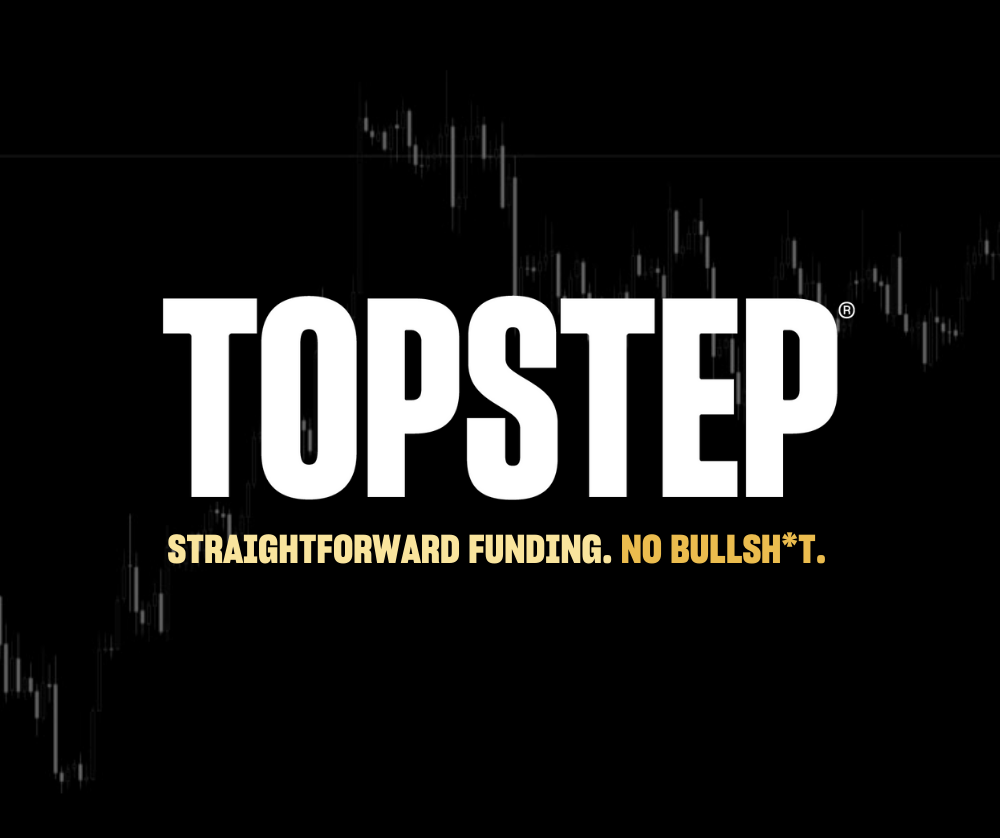Home › Market News › How To Trade Your Dragon
Technical analysis provides plenty of trading opportunities for traders in the form of patterns, cycles and indicators. Successful pattern recognition and execution must consist of a strong framework and a well-designed and tested rules-based trading methodology. A chart pattern that offers great opportunity to profit with a clear framework and trading rules is the “Dragon.”
One of the most powerful and basic patterns in technical analysis is the “Double Top” or “Double Bottom.” Most traders are familiar with the concepts of double tops and double bottoms (or “M-Tops” and “W-Bottoms”), however, all of these patterns have slight variations in their formations, rules and trading characteristics.
Markets rarely transition from bearish mode to bullish mode without going through a series of price action sequences to test support and resistance areas. Major market bottoms or market tops involve a series of turning points (swing highs in M-Tops or swing lows in W-Bottoms) followed by some congestion before picking a trend or counter-trend direction from prior moves. The Dragon pattern highlights these turning points and provides a rule-based methodology for trading them. Dragon patterns are visible in all time frames and all market instruments.
The bullish Dragon pattern is similar to the “W-bottom” pattern. Inverse Dragon patterns (Bearish) are similar to “M” patterns. Bullish Dragon patterns usually form at market bottoms and bearish Dragon patterns form at the market tops. Dragon patterns work in all time frames and all market instruments. The rules for the “Bearish Dragon” are similar but in reverse.
Like most double bottom patterns, Dragon patterns present excellent trading opportunities with great risk/reward ratios. The Dragon pattern starts with a “Head” formation as price declines from the swing high level to a swing low to form the first leg of the Dragon. A quick reversal from this swing low (1st leg) on an attempted rally to 38% to 50% of prior swing forms a key swing high or hump level. Another retracement from hump level forms a second swing low (2nd leg). The completion of second swing low signals a potential Dragon formation. These two swing lows (legs) usually form within 10% to 15% of the price difference. The price-action from second swing low should show key reversal bars or a divergence in any momentum-based indicators. A spike in volume usually follows in the second leg. Trades are entered after completion of second swing low and targets are placed in the tail section of the Dragon pattern (see “Dragon tails,” below).

A trend line is drawn connecting the head of the Dragon to the middle swing high at hump level. After the second leg is completed, which is confirmed when price closes above this trendline, the first trade entry (long) is entered. Confirmation of a strong reversal in price action can also be made through a divergence in any momentum-based oscillator indicators like the relative strength index. A more conservative trade long entry (second trade) is entered when price closes above the hump level. Stops should be placed below the lowest low of two swing lows.
The first target range for a bullish Dragon trade is set at 62% to 78% of swing range of the head to first leg measured from the second leg level. A second target is set 100% of swing range and the third target range is set at 127% to 162% of the swing. It may be best to trade these patterns with trail stops once price starts to rise toward target ranges.
The following example shows a bullish Dragon formation in Monsanto (MON) chart July 2015 to 2016. Here are some of the key points and how it is traded (see “Riding the dragon,” below).

